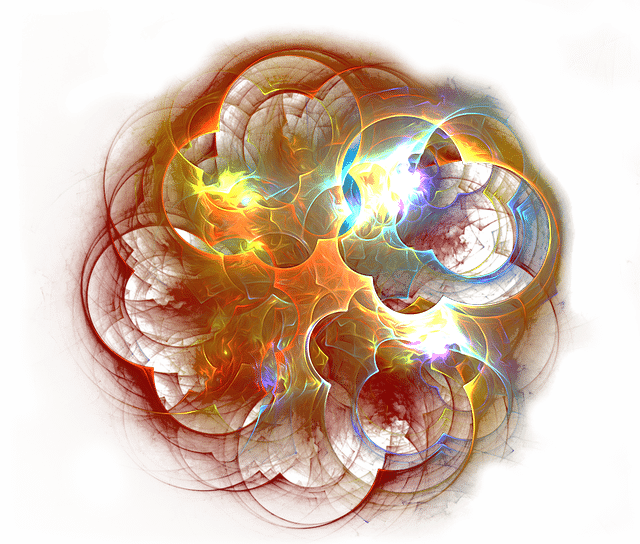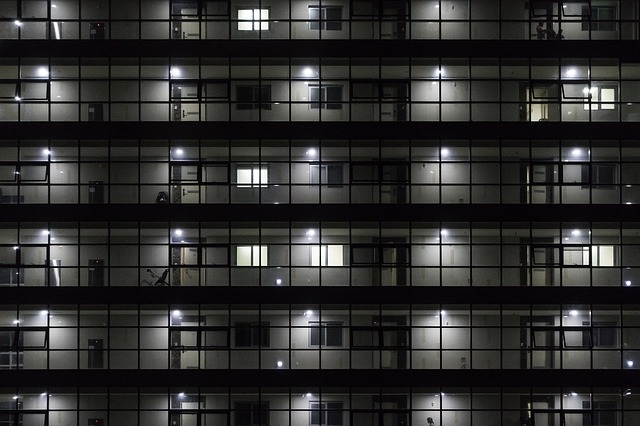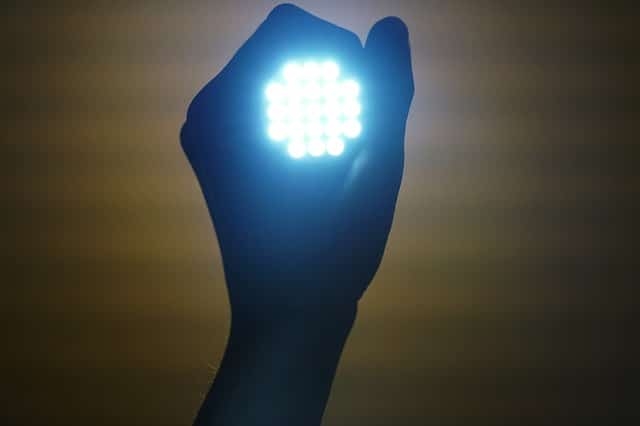Do’s And Don’ts For Outdoor Lighting
It’s not unusual for a homeowner to stroll down the lighting aisle of their nearest home improvement center and begin grabbing light fixtures as they come to them. Sadly, there are many different kinds of landscaping lights and you’ll want to be more selective when purchasing them and choosing the type that you’re going to use. You’ll want bright lights for walkways and you’ll want something more subtle in some of the other areas of your yard.
When you correctly place your lighting, you’ll not only set the mood, you’ll light the way so that no one is injured on the path to your home. While you’ll want to consider hiring a professional, you can still choose and install the lights yourself if you prefer.
Outdoor Lighting Do’s
Of course, finding the right outdoor lighting company to the job is your best bet. However, it’s good to screen the area you are looking to start a project on by:
Prior to installing landscape lighting in and around pathways through your yard and other landscaped areas, you’ll want to focus on your house itself. Is it well lit? You’ll want to incorporate the right kind of outdoor lighting fixtures that will focus on the beauty of your home. You’ll want to keep your home safe and secure and ensure that it’s well lit so that you can safely get to and from your house after dark. You may also wish to focus on architectural features of your home.
Consider multiple options such as spotlights that take different angles toward the garden, front door, and a relaxing area. Consider staggering some of the lights rather than grouping several in a small area. This will give more detail and effect to the yard without drawing too much attention.
Consider pathways and walk areas first and foremost. This way no one has to be injured. Focus on lighting that enhances the beauty of your yard.
 Outdoor Lighting Don’ts
Outdoor Lighting Don’ts
Avoid placing lighting in a straight line. That is simply too boring. Instead, be creative with where you place your lighting and focus on making it shine on the pathway. Stagger the lights and remember that if you have a second story of your home you should illuminate that as well. Consider overhangs and peaks and focus on other architectural features such as columns, overhangs and the like. This will give your lawn and yard an ambient glow that looks inviting. You can literally set the mood by choosing where to place your lights.
Don’t forget any small areas of your home that are in corners and dark. These should be well lit. That can enhance the safety of your home so that intruders can’t hide there. Your outdoor lighting can give your home more security and safety as well as lend an ambiance that is unsurpassed to your home and yard. Security should be an important feature that you consider when choosing your lighting. You’ll want to avoid any areas that can be used as hiding places and that can cause injuries to you, your family or guests.
Remember, there are many lighting specialists that can help you to design and determine how to offer your home an extra measure of security and light the way. They can help you to find the exact types of lighting that you’re looking for. In many cases, they have a variety of options that are readily available to help you. You have many great options and choices and can set the mood for your yard by picking and choosing what will work best for your needs.
If you wish to learn more in regards to outdoor lighting, you can enhance your home’s exterior by setting an appointment with an outdoor lighting company in Houston. we are waiting to give you our personalized insight.
Call now for immediate assistance!

 Create a Vibrant and Comfortable Oasis
Create a Vibrant and Comfortable Oasis Symmetrical Approach
Symmetrical Approach So in the residential outdoor lighting, traditionally the color white has been classified as cool white or warm white, this depends on its CCT. When there were more limitations on lighting sources and an item which was not available commercially was LED lighting, what was known as “warm white” was halogen, fluorescent, and incandescent lights with 2700K CCT or with 3000K CCT. What was considered “neutral” was fluorescents with a 3500K CCT and sources with a 4100K CT and above was considered to be “cool white”.
So in the residential outdoor lighting, traditionally the color white has been classified as cool white or warm white, this depends on its CCT. When there were more limitations on lighting sources and an item which was not available commercially was LED lighting, what was known as “warm white” was halogen, fluorescent, and incandescent lights with 2700K CCT or with 3000K CCT. What was considered “neutral” was fluorescents with a 3500K CCT and sources with a 4100K CT and above was considered to be “cool white”.